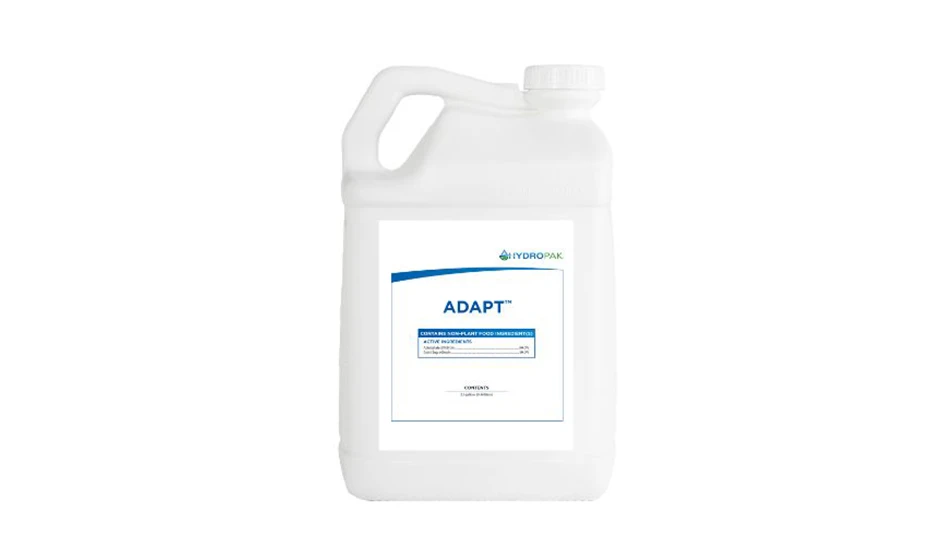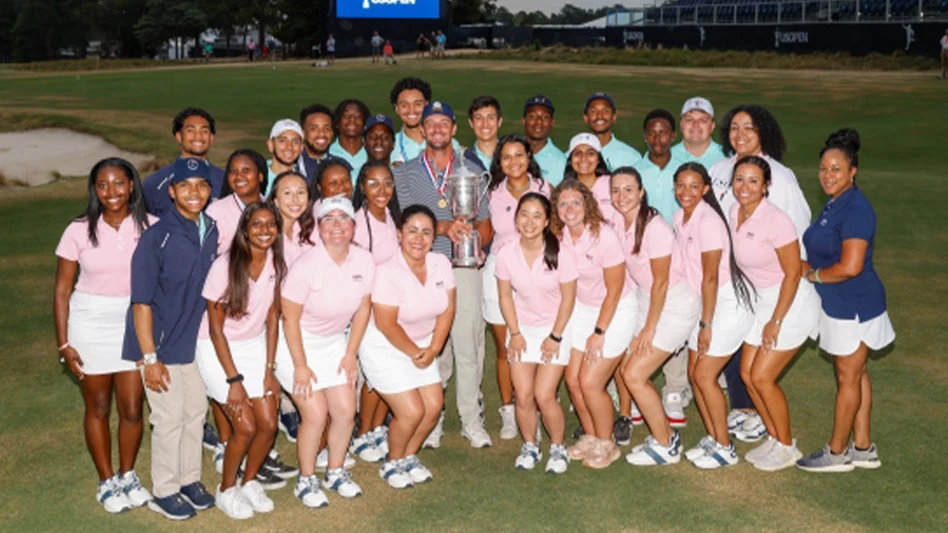
The USGA and The R&A have issued the Distance Insights Report, which provides comprehensive research and analysis on the contributors to and long-term impacts of hitting distance in golf.
After extensive stakeholder research, the report features more than 100 years of data, informed by a library of 56 supporting documents. It is accompanied by a 15-page conclusions paper from the governing bodies that summarizes their perspectives on the long-term implications for the sport.
To facilitate input from manufacturers and other stakeholders in the golf community, specific topics of further research will be identified and published within 45 days. It is expected that this important step in gathering input could take approximately nine months to one year.
Key findings of the project include:
- There is a 100-year trend of hitting distance increases in golf, as well as a corresponding increase in the length of golf courses, across the game globally the USGA and The R&A believe this continuing cycle is detrimental to the game’s long-term future.
- The inherent strategic challenge presented by many golf courses can be compromised, especially when those courses have not or cannot become long enough to keep up with increases in the hitting distances of the golfers who play from their longest tees. This can lead to a risk of many courses becoming less challenging or obsolete.
- Increased hitting distance can begin to undermine the core principle that the challenge of golf is about needing to demonstrate a broad range of skills to be successful.
- If courses continue to lengthen, it is at odds with growing societal concerns about the use of water, chemicals and other resources.
- Longer distances and courses, longer tees and longer times to play are taking golf in the wrong direction and are not necessary for a challenging, enjoyable and sustainable game.
- A concern has been identified that many recreational golfers are playing from longer tees than is necessary relative to their hitting distances and, in particular, that the forward tees on many golf courses are very long for many of the golfers who play from them.
“This is not about the last few years or the next few years but rather about the long-term future of the game,” USGA CEO Mike Davis said. “This report clearly shows a consistent increase in hitting distance and golf course lengths over the last 100-plus years. These increases have had a profound impact on costs to build, modify and operate golf courses and they have impacted golfers at all levels. We believe this problem will continue unless this cycle is brought to an end. With collaboration from the entire golf community, we have an opportunity to stem this tide and help ensure golf remains sustainable and enjoyable for generations to come.”
“We believe we have reached a pivotal moment in golf,” The R&A CEO Martin Slumbers said. “The publication of this report is highly significant. The impact of long-term hitting distance increases on some of golf’s essential elements are now clear – including changing the strategic challenge of the sport, altering the balance of skills needed to be successful and risking courses being less challenging or obsolete. Our objective as governing bodies is to work with the key stakeholders in golf to address this issue in a way that brings the sport together and which ensures it continues to thrive for many years to come.”
No solutions have been determined. The USGA and The R&A will now enter the next phase of their work by assessing potential solutions that can help end the cycle of increased distance. It is expected that the main topic for research and assessment will be potential changes in the Equipment Rules, along with further inquiry into the effects of course design, conditions and setup on hitting distance.
With this background in mind, a broad review of both clubs and balls will be conducted to understand and assess a full range of options for addressing these issues relating to hitting distance. Without limiting the scope of topics that may be considered, this review is expected to include the following:
- The review of overall conformance specifications for both clubs and balls, including specifications that both directly and indirectly affect hitting distances. It is not currently intended to consider revising overall equipment specifications in a way that would produce substantial reductions in hitting distances at all levels of the game.
The assessment of the potential use of a Local Rule option specifying the use of reduced-distance equipment. Such an option could be available as a choice at all levels of play for competitions, courses and individual players.
- Guidance on the availability of short enough forward tees and the appropriate tee-to-hole playing distances for golfers of all levels.
- Several other topics including equipment testing processes, potential guidance on how design, agronomy and setup can affect hitting distance, and others.
All research and any work regarding potential changes to Equipment Standards in golf are guided by the Equipment Rulemaking Procedures, which were agreed upon and published by the USGA and The R&A in 2011 to ensure a transparent and collaborative process among key stakeholders in the game.
Latest from Golf Course Industry
- Wonderful Women of Golf 43: Melissa Gugliotti
- This month on Superintendent Radio Network: December 2024
- Mark Hollinger, ASGCA, dies at 70
- Tartan Talks 102: Chad Goetz
- Don’t fly by the seat of your pants
- Golf Construction Conversations: Reed Anderson
- ’Twas the Night Before Christmas (on turf)
- Twas the Night Before Christmas (the turf version audio)





